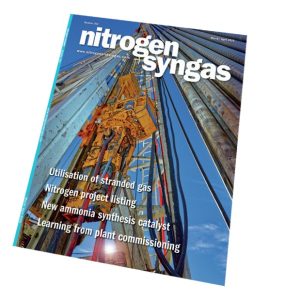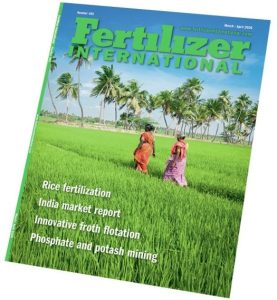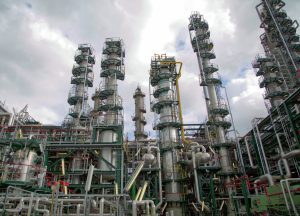
A turn for the worse
What a difference two months can make. When I came to write the editorial for the January/February issue, the talk was all about climate change and sustainable production in the wake of Australia’s bushfire crisis, but these days there appears to be only one story that it is obsessing the world, and that of course is the Covid19 pandemic. The focus of concern has pivoted in recent days and weeks away from China and east Asia, which seem – hopefully – to have weathered the worst of the storm so far, and across to Europe and North America, where some difficult weeks and perhaps months clearly lie ahead.









